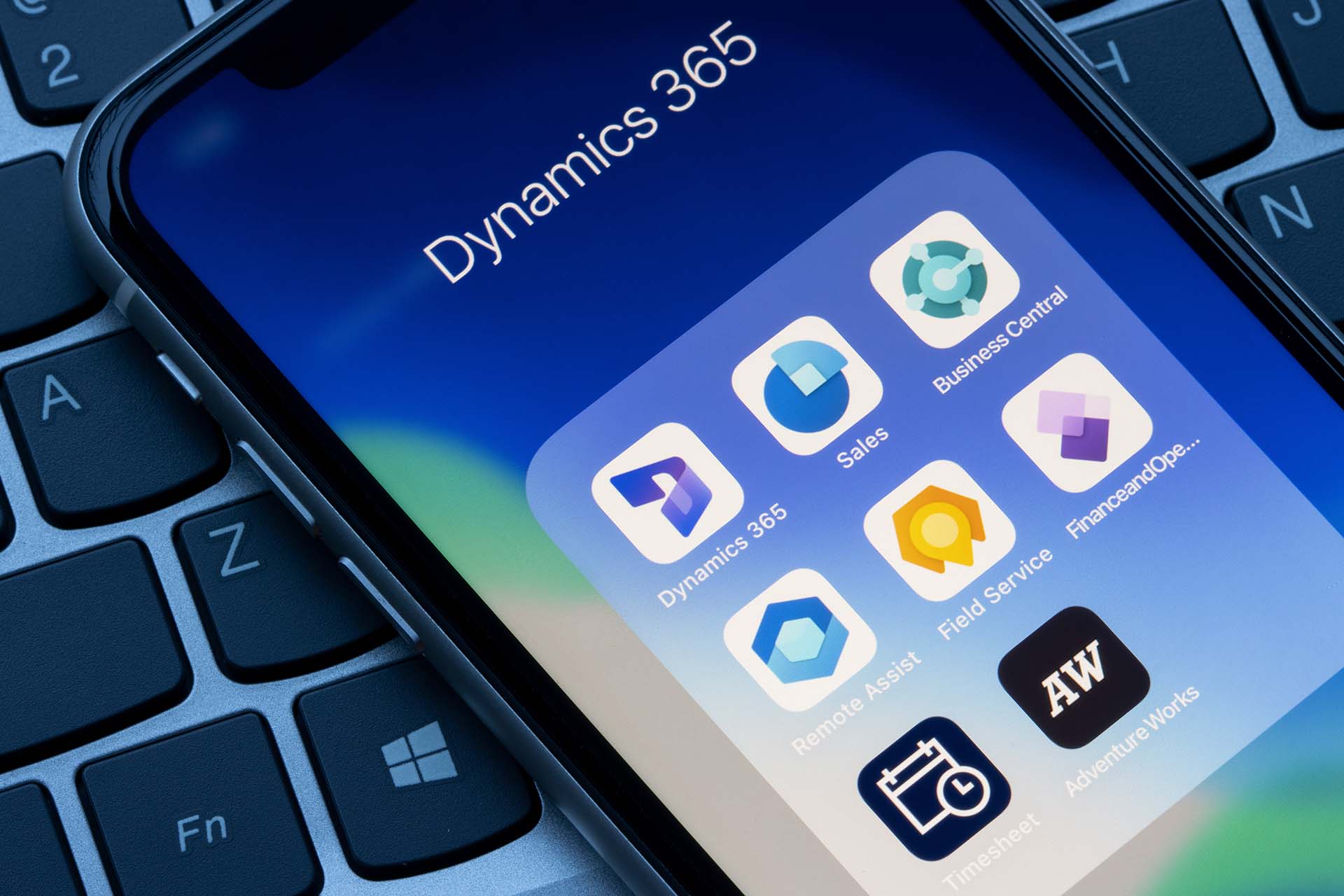Understanding AIO, GEO, and the Future of SEO
What is AIO and GEO? Learn more about how SEO is transforming in our latest blog

The search landscape is undergoing its most significant transformation since Google's inception. As AI-powered search engines like ChatGPT and Perplexity emerge alongside Google's AI Overviews (AIO), two new disciplines are reshaping digital marketing: Generative Engine Optimization (GEO) and AI Overview Optimization (AIO). For digital marketers, these aren't just buzzwords—they represent a fundamental shift that will redefine how we approach online visibility.
Understanding AIO, GEO, and the Future of SEO
What are GEO and AIO?
Generative Engine Optimization (GEO) represents the evolution of traditional SEO for AI chatbots and answer engines like ChatGPT, Claude, and Perplexity. These systems generate comprehensive answers by synthesizing information from multiple sources.
AI Overview Optimization (AIO) specifically targets Google's AI-powered summaries that appear at the top of search results. These AI Overviews (formerly SGE - Search Generative Experience) provide instant answers by pulling information from multiple websites, often appearing before traditional organic results.
Think of it this way: Traditional SEO is like ensuring your store appears in the Yellow Pages directory. GEO is like training a knowledgeable assistant who can accurately describe your store to anyone who asks. AIO is like having your expertise featured in the quick-reference guide that everyone checks first.
The Fundamental Difference: From Rankings to Representations
Traditional SEO: The Link Economy
SEO has always been about visibility in search results—earning those coveted top 10 positions through:
• Keyword optimization
• Backlink building
• Technical site improvements
• Content quality signals
The goal? Get users to click through to your website.
GEO and AIO: The Answer Economy
Both GEO and AIO operate on different principles from traditional SEO:
For GEO:
• Being accurately represented in AI-generated conversations
• Having your expertise recognized by chatbots
• Ensuring your brand appears in conversational responses
• Optimizing for AI comprehension across platforms
For AIO:
• Appearing in Google's AI-generated summaries
• Being selected as a credible source for instant answers
• Earning citations within AI Overviews
• Optimizing for Google's specific AI selection criteria
How GEO and AIO Work
GEO: Conversational AI Systems
AI language models process information by:
• Understanding context and nuance
• Synthesizing multiple sources
• Prioritizing authoritative content
• Generating original responses
AIO: Google's AI Overviews
Google's AI Overviews function by:
• Scanning top-ranking pages for relevant information
• Identifying clear, concise answers
• Prioritizing structured data and featured snippet-worthy content
• Displaying synthesized information with source citations
Key Strategies for GEO and AIO Success in 2025
1. Structured Data for Both Ecosystems
For AIO:
• Implement FAQ schema for direct answer potential
• Use HowTo schema for step-by-step content
• Add Article schema with clear sections
• Structure content with clear headers and subheaders
For GEO:
• Create comprehensive Q&A sections
• Build detailed knowledge bases
• Organize content hierarchically
• Include expert author profiles
2. Authority Building Across Platforms
Both GEO and AIO prioritize authoritative sources:
• Earn high-quality backlinks (crucial for AIO selection)
• Build E-E-A-T signals (Experience, Expertise, Authoritativeness, Trust)
• Create original research and data
• Establish thought leadership in your niche
3. Natural Language and Clear Answers
For AIO optimisation:
• Write concise, direct answers to common questions
• Place key information early in content
• Use bullet points and numbered lists
• Create snippet-worthy paragraphs (40-60 words)
For GEO optimisation:
• Write conversationally
• Address follow-up questions
• Use examples and analogies
• Build comprehensive topic coverage
4. Content Depth and Breadth
AI systems, both Google's and others, favour comprehensive content:
• Create ultimate guides that cover topics exhaustively
• Link between related content pieces
• Update content regularly with fresh information
• Build topic clusters around core subjects
The Technical Side of AIO and GEO
How to optimise for Google's AI Overviews:
• Target long-tail, question-based keywords
• Optimize for "People Also Ask" boxes
• Create content that answers specific queries directly
• Use clear, descriptive headings (H2, H3 tags)
• Include tables, lists, and structured formats
How to optimise for Generative AI Platforms
• Ensure content is easily crawlable
• Implement proper canonical tags
• Create XML sitemaps
• Maintain fast page load speeds
• Use semantic HTML5 structure
AIO and GEO Trends to Watch in 2025
1. Query Evolution
Users are shifting from keyword searches to conversational queries. AIO is adapting to show results for more complex, multi-part questions, while GEO platforms excel at follow-up queries and contextual conversations.
2. Visual Integration
Both Google's AI Overviews and generative AI platforms are incorporating more visual elements. Optimize images, charts, and infographics with proper alt text and contextual descriptions.
3. Real-Time Information
AIO increasingly pulls recent information for time-sensitive queries, while GEO platforms are developing better web browsing capabilities. Keep content fresh and timestamp important updates.
4. Local and Personalized Results
Google's AI Overviews are becoming more localized, while GEO platforms are improving at providing region-specific information. Optimize for local intent and include geographic markers.
5. Voice and Mobile Optimization
As voice search grows, both AIO and GEO favor conversational, easily-spoken content. Structure content to answer voice queries naturally.
Preparing Your Digital Strategy for the AIO and GEO Era
The transition requires a dual approach:
1. Content Audit for AI: Evaluate existing content for both AIO potential (clear answers, good structure) and GEO compatibility (comprehensive coverage, natural language).
2. Technical Optimization: Ensure your site meets the technical requirements for both Google's crawlers and AI bot access.
3. Answer Engineering: Develop content that directly answers user questions while providing comprehensive context.
4. Performance Tracking: Monitor appearances in AI Overviews and track brand mentions across AI platforms.
5. Continuous Adaptation: Stay updated as both Google's AIO and various GEO platforms evolve their content selection criteria.
The Future is AI-First
The convergence of AIO and GEO represents the biggest shift in search since mobile-first indexing. Success requires understanding both Google's AI Overview algorithm and the broader generative AI ecosystem. Brands that master both will dominate not just traditional search results, but the entire AI-powered information landscape.
Greyhive: Pioneering the Future of Search
At Greyhive, we're not just watching the GEO and AIO revolution unfold—we're actively shaping how our clients succeed in this new paradigm. While many agencies are still catching up to traditional SEO best practices, we've already integrated comprehensive GEO and AIO strategies into our service offerings. By partnering with Greyhive, you're working with one of the few agencies that truly understands the nuances of both AIO and GEO. Our proven track record of staying ahead of digital marketing trends, combined with our deep expertise in AI-first optimisation, makes us the ideal partner for businesses ready to dominate the future of search.


